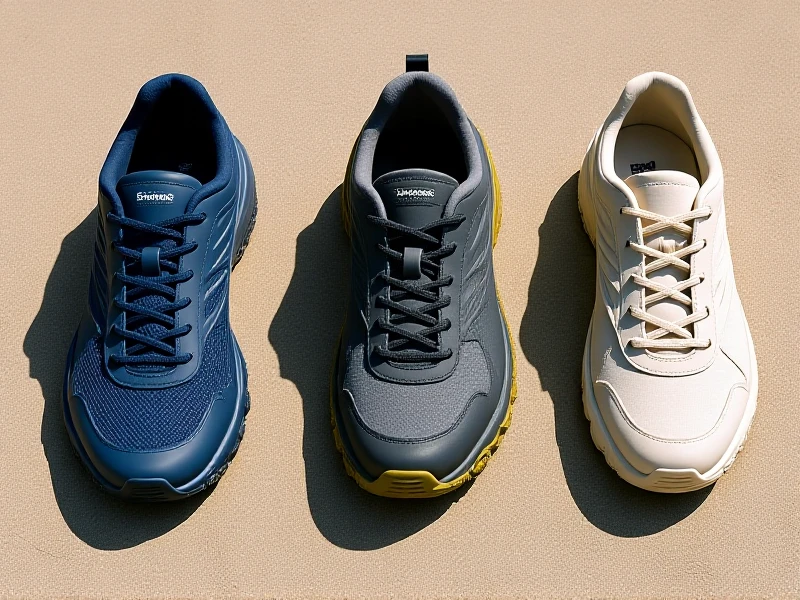
Running Shoes: Your Key to Comfort, Performance, and Injury Prevention
Choosing the right running shoes is arguably the most critical decision any runner makes. Whether you're tackling your first 5K or chasing a marathon PB, your feet are your foundation. The perfect pair enhances comfort, boosts performance, and plays a vital role in preventing common running injuries.
More Than Just Cushioning
Modern running shoes offer incredible technology tailored to diverse needs. Key factors to consider include:
- Foot Type and Gait: Understand your pronation (how your foot rolls inward). Do you have neutral feet, overpronate, or supinate (underpronate)? Many specialty running stores and podiatrists offer gait analysis. Shoes are often designed as neutral, stability, or motion control to support your natural movement.
- Cushioning Level: Varies from minimal to maximal. More cushioning generally provides enhanced shock absorption, ideal for longer distances or heavier runners, while minimal cushion offers a more ground-responsive "feel." A comfortable middle ground exists for many.
- Drop (Heel-to-Toe Offset): This is the difference in height between the heel and forefoot. Higher drops (e.g., 10-12mm) reduce strain on the Achilles tendon, while lower drops (0-6mm) may encourage a more natural midfoot/forefoot strike but demand stronger calf muscles.
- Fit is Paramount: Your running shoe should have ample toe space – typically a thumbnail's width between your longest toe and the shoe end. Secure your heel firmly, but allow wiggle room for toes. Width options exist for a truly comfortable fit. Never buy tight shoes expecting them to "stretch out" during a run.
- Surface: Road shoes offer cushioning for pavement. Trail running shoes prioritize traction, stability, and underfoot protection for uneven terrain.
The Impact on Performance and Health
Worn-out or ill-fitting running shoes contribute significantly to problems like shin splints, plantar fasciitis, knee pain, and blisters. Shoes lose significant cushioning and support after roughly 300-500 miles. Pay attention to aches, pains, or noticeable midsole compression – these are signs it's replacement time.
Finding Your Perfect Pair
Invest time in selecting. Visit a specialized running store with knowledgeable staff who can assess your gait and needs. Try shoes on later in the day when feet swell slightly. Wear your typical running socks. Take them for a test jog if possible. Consider your goals – speedwork, daily training, long distances, or trails – as different shoes excel in different areas.
Your running shoes are your essential training partner. Prioritizing the right fit and technology translates directly into more enjoyable miles, better results, and a healthier running journey. Listen to your feet and choose wisely!